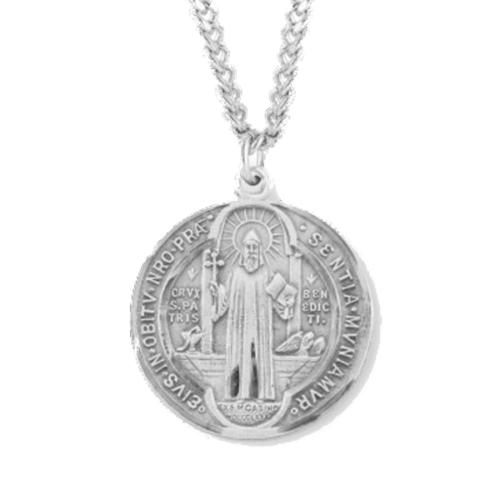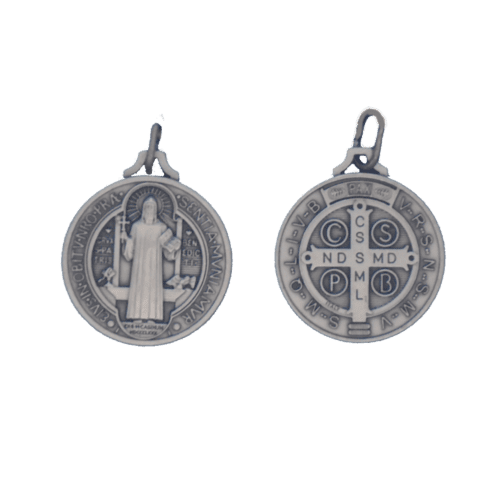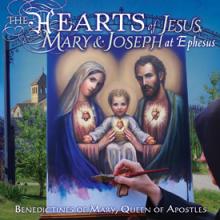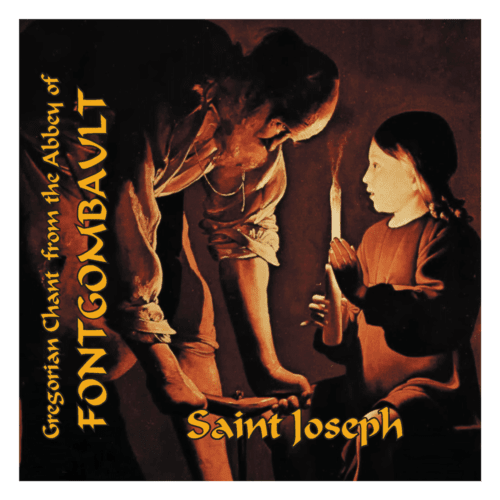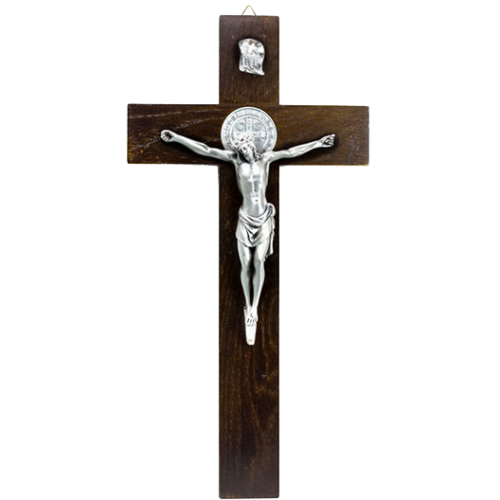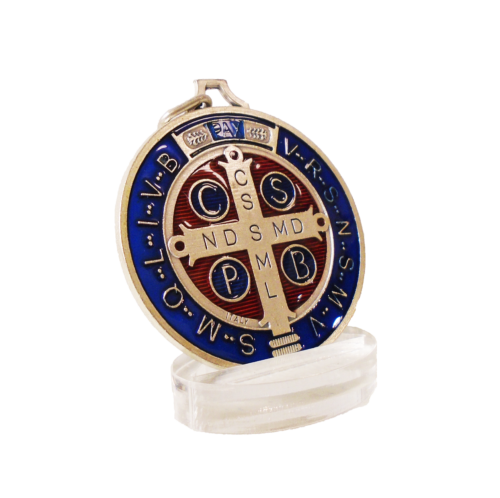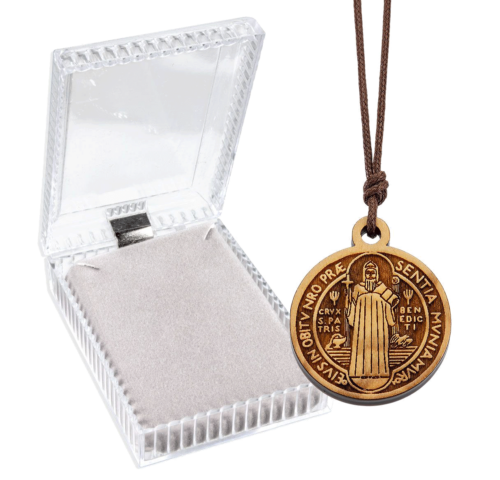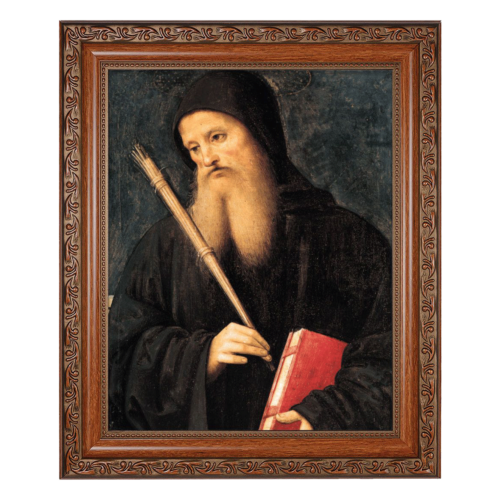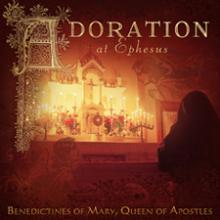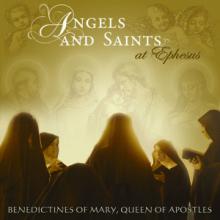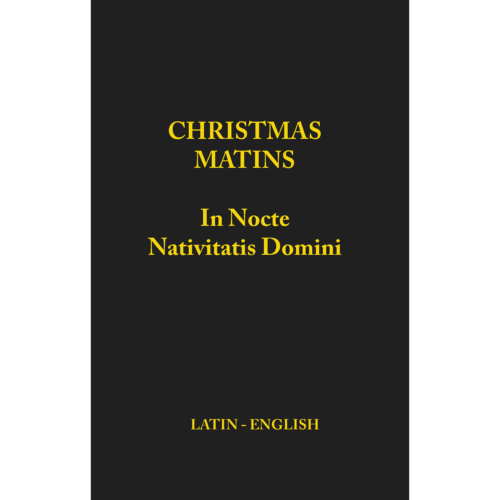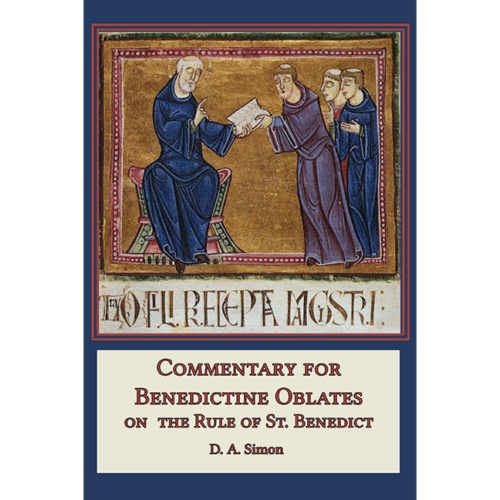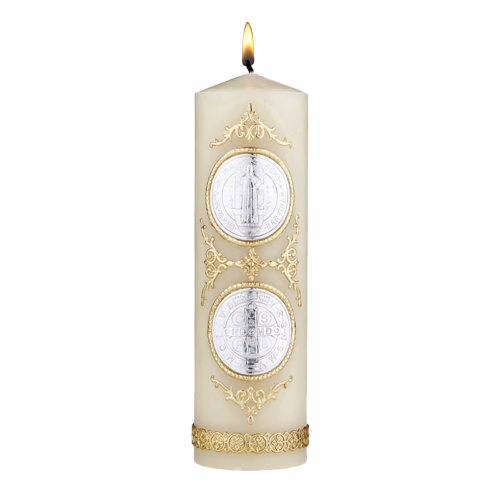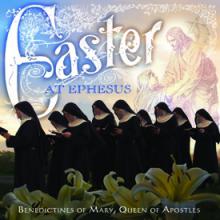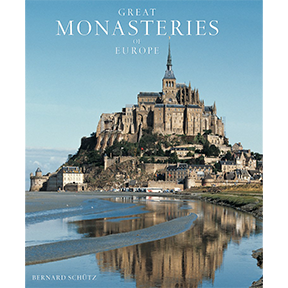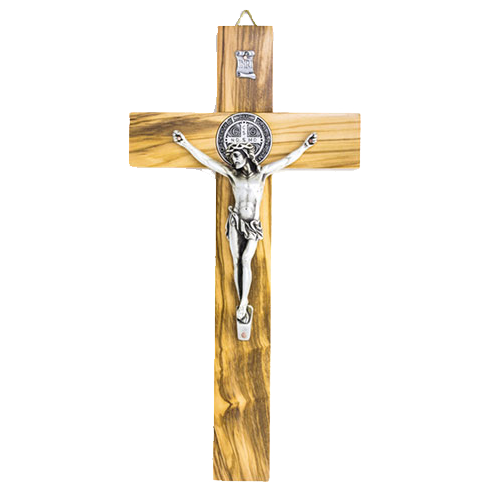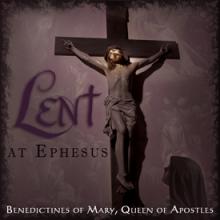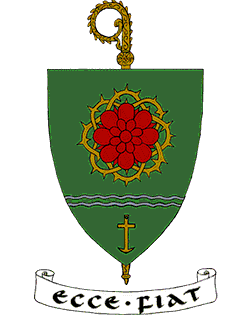Dear Brothers and Sisters in Christ,
My Very Dear Sons,
When Saint Peter declared to the Lord that he and the other Apostles had “left all things” and followed Him, he could not have realized the immense consequences of his words. He certainly did not consider at that precise moment how thousands upon thousands of human beings in future times would imitate his example by giving up all their earthly possessions, in order to be more perfect followers of Christ. How could he have known in his day that hermits, monks and nuns would someday fill the desert places of earth like so many John the Baptists? Surely, it did not cross Peter’s mind on that particular occasion, as he spoke with Jesus in the land beyond the Jordan, that he was actually tracing a kind of spiritual itinerary.
Saint Francis, the man who so inspires our Holy Father, found his own way of following the poor and crucified Lord. Saint Dominic, around the same time, chose a still different approach. The other founders or reformers of religious orders—like Saint Teresa of Avila—likewise proposed their particular itineraries of perfection. But among all these guides of Christian holiness, saints who blazed a trail up the mountain of the Beatitudes, Our Blessed Father Saint Benedict stands out as being—well, by no means the least.
When seen as a whole, the life of Saint Benedict really does have the character of a road, a spiritual itinerary. In his book, Truth and Tolerance, Pope Benedict XVI, then Joseph Cardinal Ratzinger, evoked this living path which was the life of Saint Benedict. In the following passage of his book he was speaking of the famous vision Saint Benedict had one night.
The founder of the monastic order had lain down to sleep in the upper story of a tower, which was reached from below by “a vertical ladder”. He then got up, before the time for night prayers, to keep a nighttime vigil: “He stood at the window and prayed earnestly to almighty God. While he was looking out, in the middle of the dark night, he suddenly saw a light pouring down from above and driving all the darkness of the night away…Something quite marvelous happened in this vision, as he himself later recounted: the whole world was held before his eyes, as if brought together in a single ray of sunshine.”
The nature of this vision granted to Saint Benedict has fascinated commentators. Much has been said on the subject. But what I would like to underline today, especially, is the path that led Our Blessed Father to that lofty vision. In that view I would like to quote once more from the book of the Cardinal-theologian who as Pope chose the name “Benedict.”
Every detail is significant in this picture: the night, the tower, the ladder, the upper room, the standing, the window. It all has…great symbolic depth: by a long and difficult journey, which began in a cave near Subiaco, this man climbs up the mountain and finally up the tower. His life is an inner climb, step by step, up the “vertical ladder”. He reaches the tower and, then, the “upper room”, which from the time of the Acts of the Apostles has been understood as a symbol of the soul’s being brought together and drawn up, rising up out of the world of making and doing. He is standing at the window he has sought and found the place where he can look out, where the wall of the world has been opened up and he can gaze into the Open.
The author also remarked that in the spiritual tradition of Christianity someone standing represents a man who has straightened himself up from being crouched and doubled up and is thus no longer obliged to stare at the ground. Such a one has achieved upright status and the ability to look up to Heaven. Finally, there is the idea that once a man reaches this window of contemplation, once he is standing upright and looking toward Heaven, then he becomes a Seer, with a vision that is broad and encompassing. The seer sees not just this or that tree, to give an analogy, but the whole forest of creation. He is not like the man of the adage, who “cannot see the forest for the trees.” The seer, the contemplative, having had this experience, can and must then bring down from the tower to his fellow men some of the light he has contemplated.
As at the moment of this nocturnal vision of Saint Benedict, we too are in the “night” so to speak. Our world has very much slumped into a kind of social and cultural darkness. Not all is darkness by any means, but there is a real problem, deep in the moral fiber of our formerly Christian peoples. I need not insist. Perhaps, in fact, this is precisely the right time better to see—somehow—the things of God, as long as we get away from the confusion of so many artificial lights and climb the mountain, the ladder, the tower. Perhaps in such an absence of human light the divine light will shine more brightly, like stars in a sky away from big cities. But the point is that we must first make the ascension, the climb to where such a vision can take place. We have to scale the mountain, climb the ladder, and stand upright.
“What therefore shall we have?” asked the Prince of the Apostles, knowing that the Master, being a kind teacher, would not mind too much this bit of self-interest on his part. The answer no doubt filled him with wonder and a sense of theological hope.
Amen I say to you, that you who have followed me, in the regeneration, when the Son of man shall sit on the seat of his majesty, you also shall sit on twelve seats judging the twelve tribes of Israel. And every one that hath left house, or brethren, or sisters, or father, or mother, or wife, or children, or lands for my name’s sake, shall receive a hundredfold, and shall possess life everlasting (Mtt. 19:28-29).
Peter’s own spiritual itinerary would involve, as it turned out, something more than renouncing material possessions. As an Apostle, he was called to the highest sort of renunciation, that of martyrdom. His climbing up led him, beyond the Mount of the Transfiguration and even the Mount of Calvary, to a Cross of his own. But instead of being upright, he would have the amazing privilege of being crucified upside down, so as not to seem too much like the Master. Who can ponder it all? But Saint Peter truly was a man upright, a man looking up to Heaven, a Seer of things invisible in the night. He too was a kind of monk.
May Our Lady, queen of monks, and Our Blessed Father Saint Benedict, help us along our own spiritual itinerary. As Saint Benedict states at the end of his Rule,
Whoever, therefore, you are who hasten towards your heavenly country, fulfill with the aid of Christ this little Rule for beginners which we have set forth; and then at length you shall arrive, under God’s protection, at the lofty summits of doctrine and virtue…
You shall arrive, we shall arrive. Amen.




